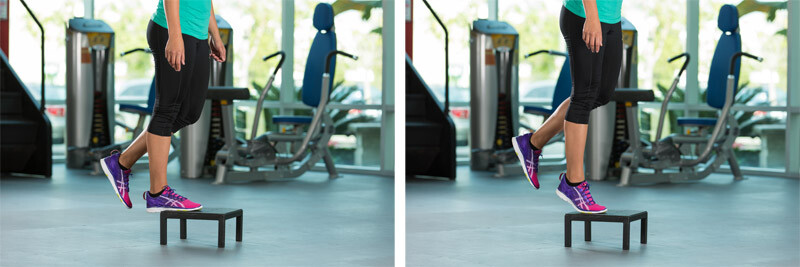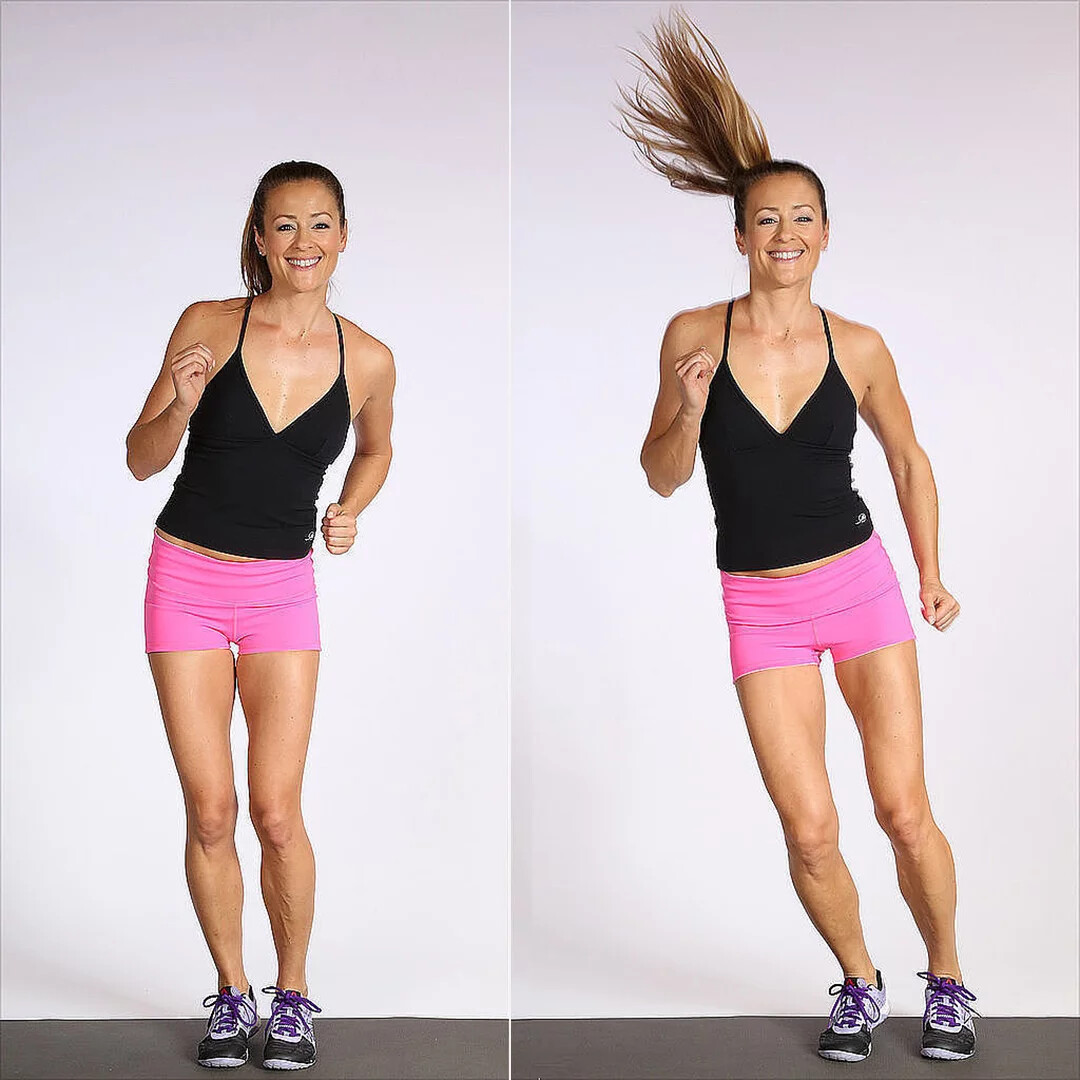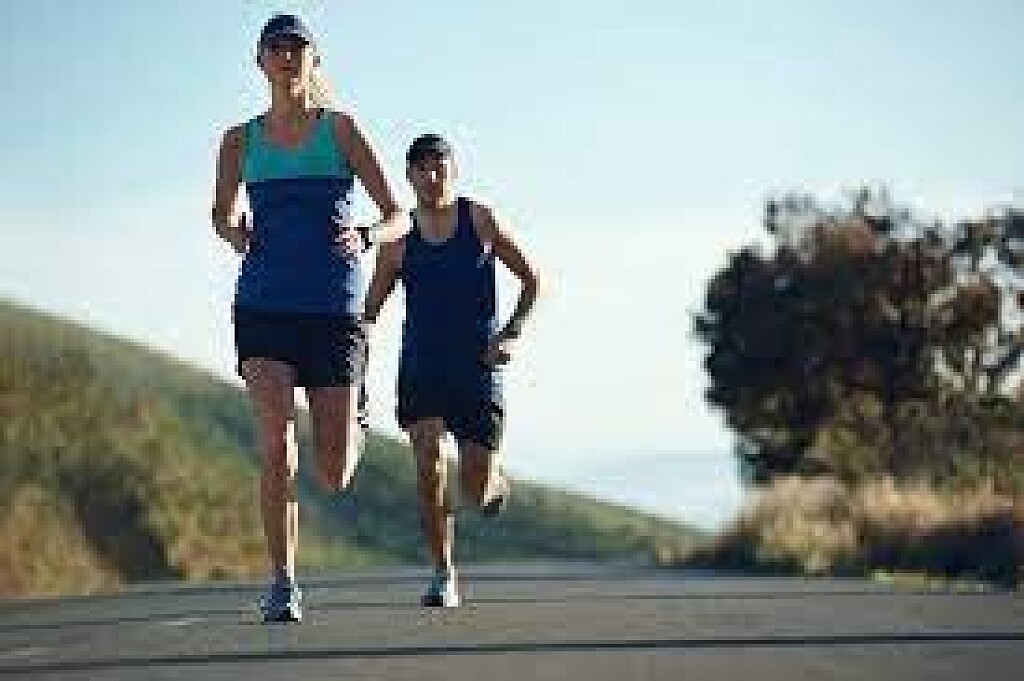Running News Daily
Running News Daily is edited by Bob Anderson. Send your news items to bob@mybestruns.com Advertising opportunities available. Train the Kenyan Way at KATA Kenya and Portugal owned and operated by Bob Anderson. Be sure to catch our movie A Long Run the movie KATA Running Camps and KATA Potato Farms - 31 now open in Kenya! https://kata.ke/
Index to Daily Posts · Sign Up For Updates · Run The World Feed
These super simple exercises to become a better runner
There comes the point where it is not enough to go running 5 or 10 kilometers and try to make it faster than the previous time, you are looking to become a better runner.
If you want to become a better runner, make sure you acquire a reliable technique and do the proper training before you start adding kilometers to your training routine. Set a schedule and look for different ways to motivate yourself to maintain consistency, rain, shine or sunshine.
Last but not least, you will have to practice to improve your endurance and your speed, using techniques such as uphill slope races, continuous races, and athletic track training. Regardless of the level you have, you can be a better runner if you make training a priority.
1.- Single-leg squat

As a runner, you need to have strong and healthy legs to be able to run many kilometers more efficiently.
Squats are one of the best ways to strengthen your legs. And although sometimes it can be hard to stop running for a day for strength training, the benefits of these exercises are well worth it.
The squat is a multi-joint exercise that strengthens the hamstrings, hips, quadriceps, and glutes. It is a simple exercise to do. However, it is essential to know the proper technique of this exercise to make it as effective as possible, especially in this case, it will be with only one leg.
The method of single-leg squats
During this exercise, as its name says, you must do it with one foot. You can start with the one you want, you can place the foot that will be in “rest” it in front of your body, as in the image below.
Keep in mind not to bend your back: it has to be straight. Pull out the chest with the shoulders back.
Unlike a squat with both legs, in this case, your leg should be at a mid-point for balance, the leg that “rests” also helps maintain stability.

Keep your back as straight as possible, bend the knee until you are seated: the buttocks go backwards. The back is slightly inclined forward, and the knee does not have to pass the length of the foot.
Once in this position, you should feel that your glutes and thighs are working. The most important thing is to keep the body firm and not loose balance.
To return to your initial position, anchor your feet on the floor to avoid any imbalance and push up with your legs. You can contract the buttocks during the rise to make the exercise more effective.
In the beginning, it can be complicated, mainly to go down, for not having the balance and strength necessary, but do not worry, you will improve with practice. As you progress, you can add discs or dumbbells to add difficulty.
5 reasons why you SHOULD include them in your routines
1. To help with the strength of your hip.
The hip plays a super important role in your runner body since it prevents your body from “moving” while you run. But by working your hip, you can direct your movements more effectively.
2. To improve your posture.
Now you know! The posture of a runner is everything, and squats help your trunk stay straight while you run.
By having an adequate posture, your performance will improve. Checked.
3. To gain strength in your glutes.
Did you hear that the squats are perfect for your glutes? It is accurate, and the physical work that you can develop in that part of your body is essential to improve your running technique.
4. To improve strength in your legs.
Who does not want strong legs? Especially when running, they are our biggest asset as runners, and with squats, you can strengthen them, and improve your coordination to develop a more efficient stride.
5. To help improve your stride.
Yes, according to what the previous point says, performing squats allows your legs to assimilate the effort to take a more efficient stride, and if you develop these exercises with slurs, your benefit will be better.
How often to do squats?
Three to five series, of 5 to 10 repetitions twice a week.
2.- Heel raise
The exercise of elevation of heels aims to train the calves, which are an essential part of the leg’s muscle group. It is a little forgotten part of the body, as far as the time dedicated in training, but indispensable for the proper functioning of the inferior trunk.
To execute this exercise correctly, some kind of step is necessary. A resistant platform of at least 6 inches that allows you to do the exercise comfortably. It is a movement that must be carried out slowly and concentrating the effort in this area of the body.
One important aspect must be taken into account before performing the exercise. Correctly doing the movement requires balance and practice. We recommend, in the first sessions, to execute it with your own weight, without dumbbells. It is easy to lose balance and work both legs equally. We usually tend to make more effort with one of the two legs, you should avoid it.
Undoubtedly the calves are one of the most involved muscles in the race. The heel elevation is an exercise that enhances the stride but also protects the runner from many injuries.
In your weekly routine, you must not miss a heel raise exercise in one of its variants.
When we hit the ground with the foot, the ankle maintains its stability thanks in large part to the calves. They prevent the footfall from sinking and help to perform a more effective and explosive impulse phase.
Stronger calves will allow us a better technique, something fundamental to improve the training. Another aspect of working the calves is their protective effect against sprains of the ankle or possible inflammations or lesions of the Achilles tendon. A running workout involves thousands of impacts on the ground, something that can affect the joints in the Achilles tendon. Strengthening calves with this exercise will minimize injuries that may affect the area.
The method of the heel raise
Standing on a raised platform, support the metatarsal, leaving the heel protruding and falling slightly.
If we want to increase the intensity, we can put a bar on the shoulders, although I advise you to hold dumbbells with your hands.
Maintain a straight position and begin to raise the calves little by little, extending the ankle. Try not to lose balance and control the movement at all times.
Safety tips when performing heel raises:
It is very common to suffer a small rupture of the calf by overloading it with this exercise. At first, it will be enough to do it without weight, paying attention to the technique and marking the rise and fall correctly. Nor should rebounds be made when we get down.
When you put your feet on the elevated platform, try not to be too close to the edge, because you are going to overload the area of the fingers and the exercise will not be so effective for the calves. The feet should be half in and half out.
Main benefits of heel raise to become a better runner
Strengthens the calve’s musculature: as we have said before, this exercise focuses mainly on working the calves. Thanks to the heel raise, the calves will be strengthened, which will generate better balance in the legs.
Ideal for runners: it is an exercise that enhances the momentum of the stride, in addition to protecting the runner from many other injuries. For this reason, it is an essential movement for runners. You will gain resistance and explosiveness.
With this exercise, you will tone the lower extremities and gain strength in the calves. Also, it is an ideal movement to recover after an injury in the ankle joint.
How often to do heel raises?
Three to five series of 5 to 10 repetitions twice a week.
3.- Three-dimensional hops
You can’t deny that at some point in your childhood you jumped just for fun. It was a pretty fun game that you could share with your friends. At some point in life, we stop practicing it, without realizing that now, as runners, we can benefit from it more than we imagine.
Jumping burns approximately 10 calories per minute and is an excellent activity to finish a running session, or even to relieve stress. What are you waiting for to start doing it! Go back to that time of your childhood and exercise.
This type of jump is based on increasing calf strength, as well as adding explosiveness. In general, jumping and other plyometric activities make the tendons more efficient to absorb and transmit energy.
The impact of the jump also stimulates bone growth and should protect against stress fractures.
The calf is a kind of spring when we talk about running or jumping. The three-dimensional jump is an exercise that offers a different way of exercising and strengthening the muscle and tendons since the movement is made to the sides and not only upwards as a typical leap. This increases endurance, it also builds movement ability and general agility.
Three-dimensional jumps are made with both feet, they are of low intensity, and it is a safe exercise that does not cause injuries.
The method of Three-dimensional hops
These are short, low and fast jumps, to all sides, forward, back, sides, and in a rotating motion.
Basically, it is about jumping and landing in each of the directions as specified in the previous paragraph. You can do it with both feet, which is equal to two contacts. If you do it with one foot equals one contact, so you do half for each leg.
Jump from side to side, as if there was an imaginary line.
You should not bend your knees to take more momentum, remember that they are short jumps, try to make them fast.
In the case of jumps with rotation, your chest should always remain static.
Benefits to become a better runner
1. It will help improve your cadence and stride.
2. You will burn calories.
You can burn up to 300 calories per 30-minute session.
3. Tone your body.
It is a very effective exercise since it works your whole body and also strengthens it. That is the reason boxers do it all the time.
4. Help with your concentration.
Jumping, even for experienced runners, is not easy, so it will allow you to have a demanding level of concentration, while you begin to master it.
5. It gives you muscular resistance.
As it is a continuous exercise, your resistance will improve considerably, while you gain strength.
6. Improve your aerobic conditioning.
At first, it will be challenging to hold the jump, but you will see how little by little your breathing improves and you will stand more time, and you will even get to do it faster.
7. Increase your power.
By working your legs, you will improve your stride, and with it, your power and speed.
8. It is a super practical exercise.
You can basically jump anywhere.
9. It allows you to work your entire body in one exercise.
Legs, torso, shoulders, arms, abdomen, are the parts of the body that you can exercise.
10. It’s fun.
We assure you that in addition to working your body, you will have fun as in the old days.
How often do Three-dimensional hops?
Unlike the previous exercises, the series and repetitions are different.
Beginner: 80-100 standing contacts
Intermediate: 100-120 standing contacts
Advanced: 120-140 standing contacts
You must jump quickly and keep your feet on the ground the shortest time possible.
Do this 2-3 times per week.
Finally, improving your cadence for running is a great way to improve.
by Runners On Fire
Login to leave a comment




